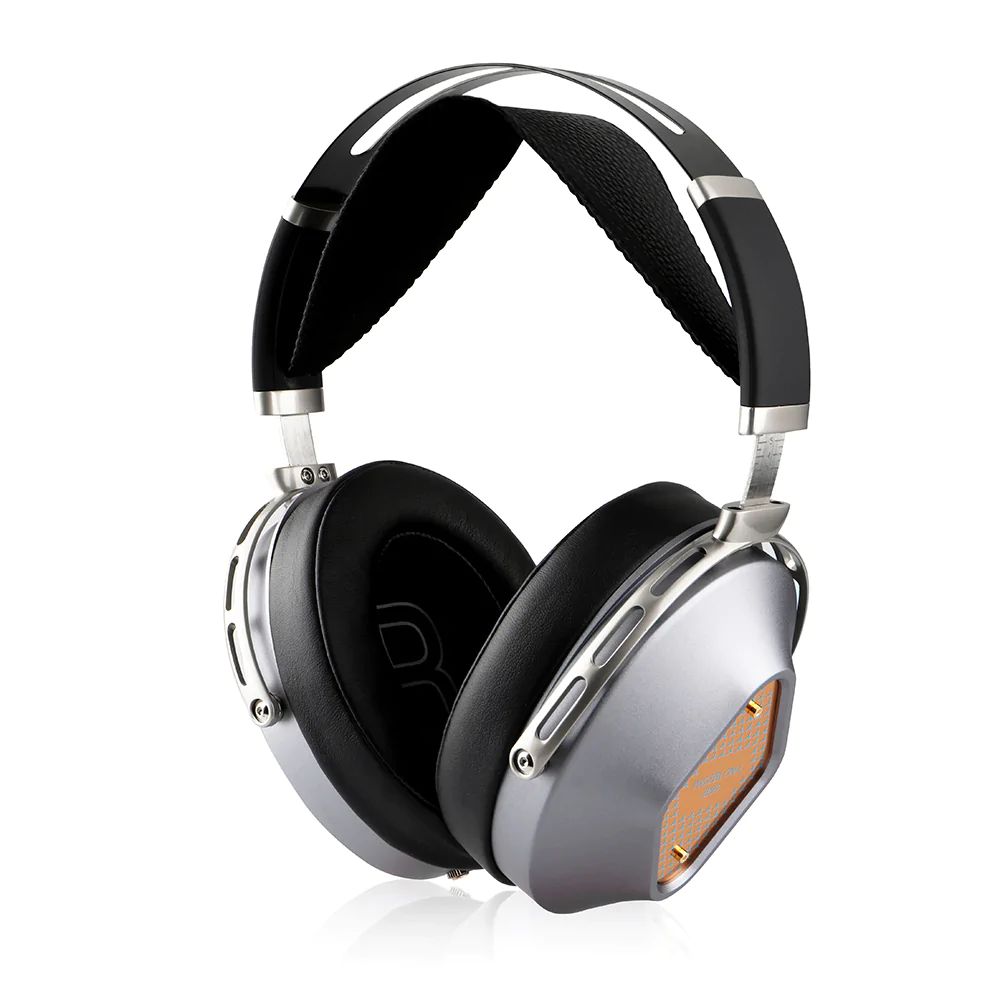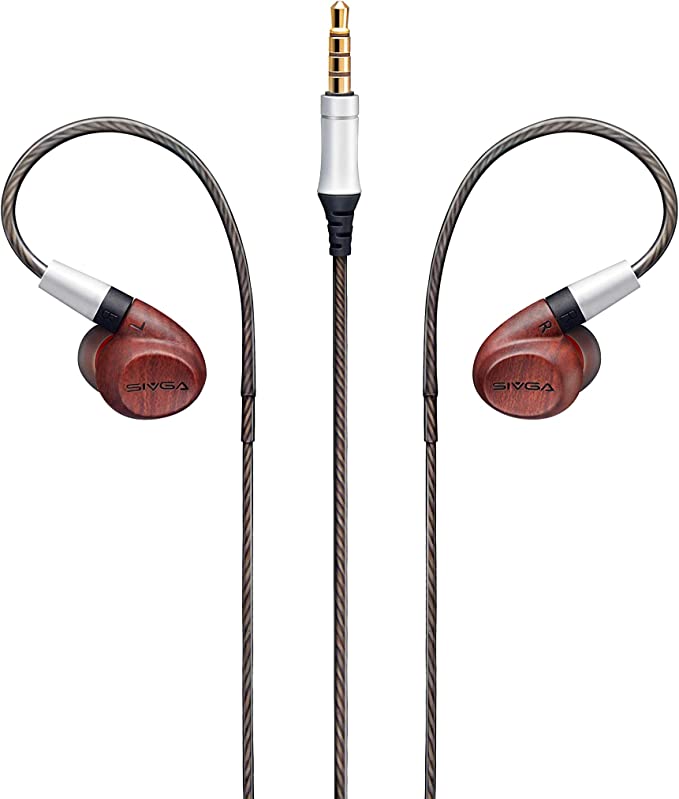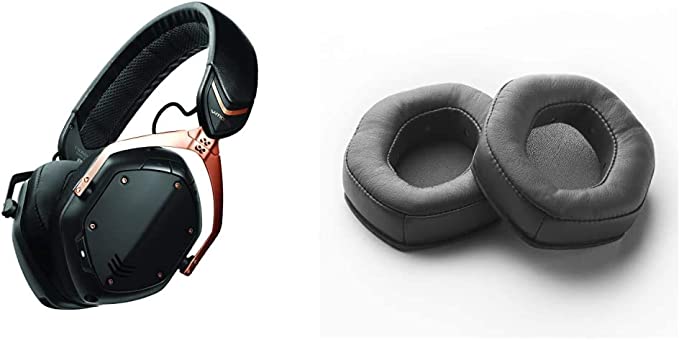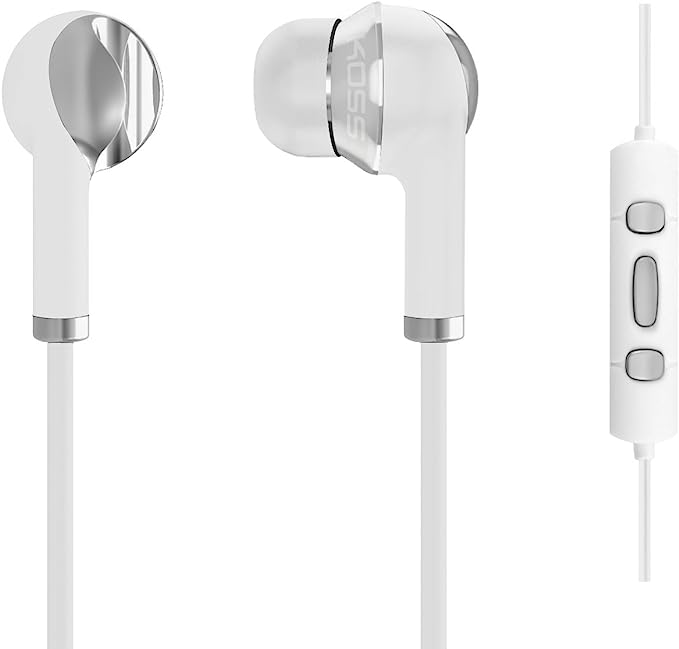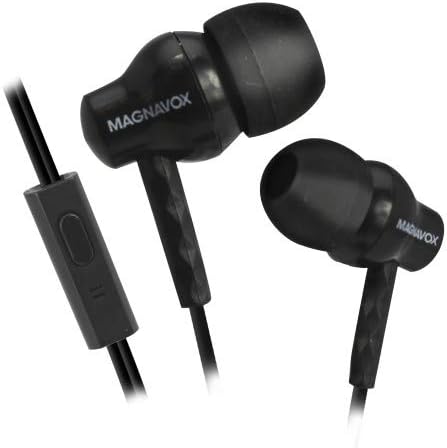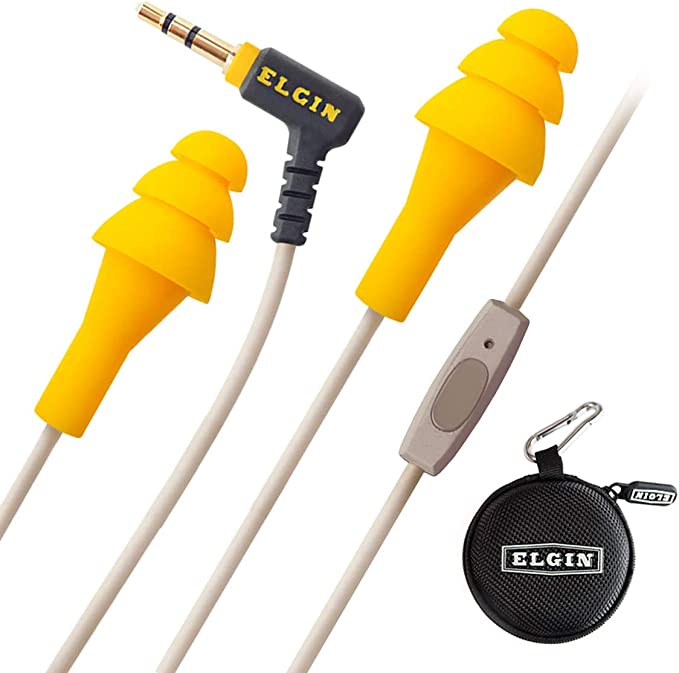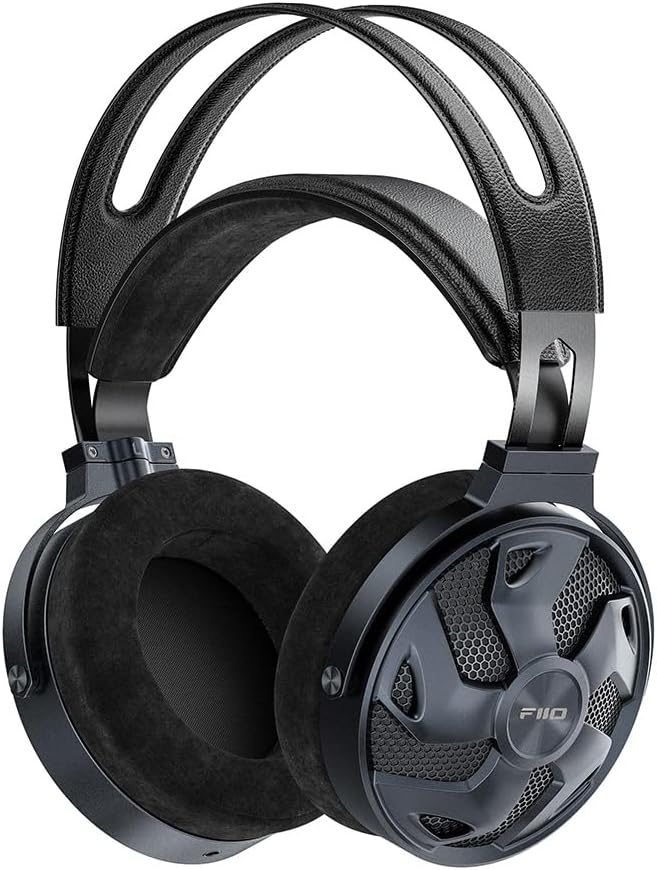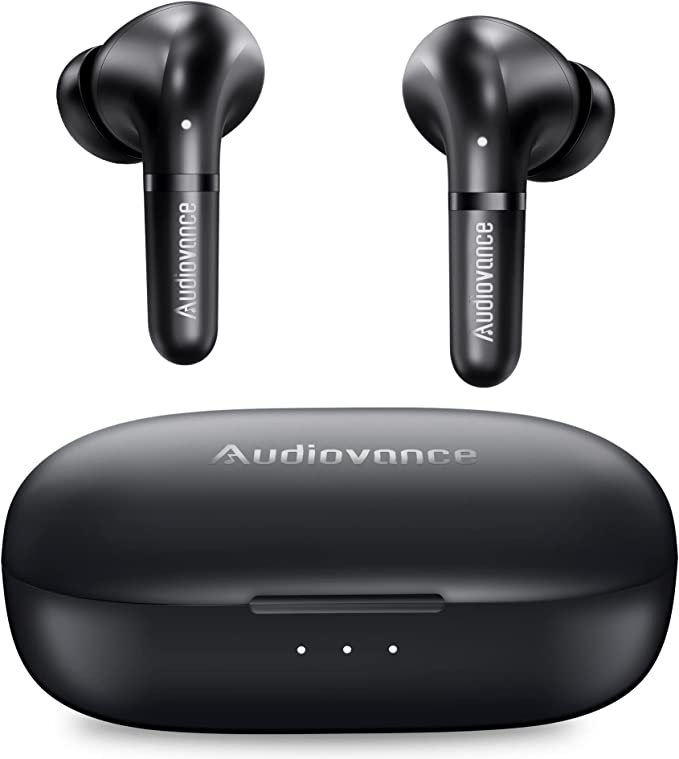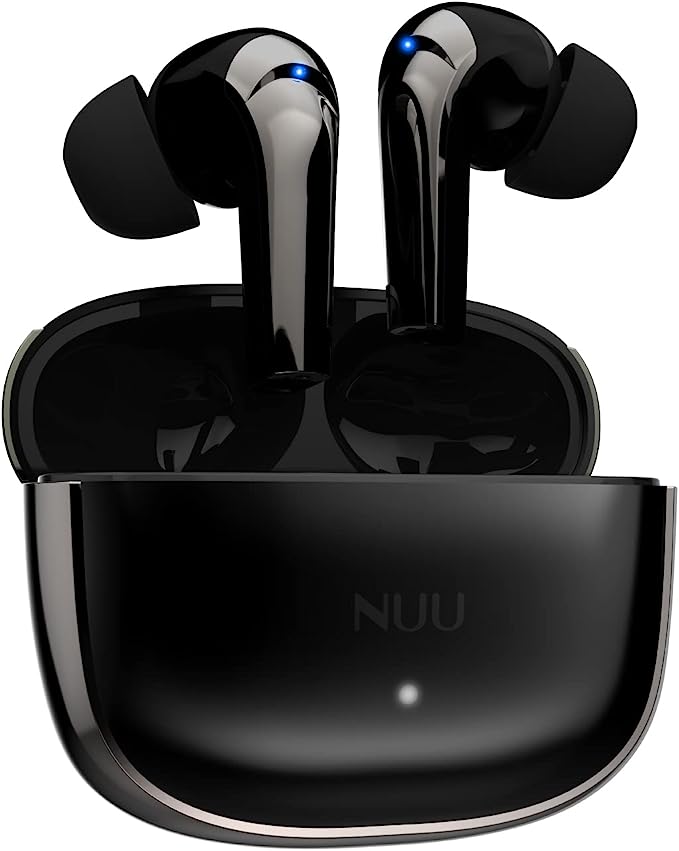Klipsch T5 II True Wireless Earphones: Endurance Meets Euphony in a Pocket-Friendly Package
Update on June 28, 2025, 11:25 a.m.
There’s a certain satisfaction in the feel of a well-made object. The confident click of the Klipsch T5 II Sport’s charging case, reminiscent of a classic Zippo lighter, is more than just a tactile flourish. It’s a statement of intent. In an era of fleeting, disposable electronics, this small, rugged vessel makes a deeper promise: it’s built to endure. But this endurance isn’t just about a sturdy hinge. It’s the result of a quiet, relentless war waged by engineers against the fundamental forces of nature—a battle against the pervasive, invisible creep of physical decay we call entropy.
To truly appreciate these earphones is to see them not as a gadget, but as a miniature, self-contained system designed to thrive in chaos. It’s a masterclass in acoustic, material, and electronic engineering, where every curve and component serves a purpose in this fight.

The Battle for a Perfect Interface
The first battle is fought at the most intimate point of contact: your ear. The challenge is twofold, rooted in human anatomy and the physics of sound. The human ear canal, or external acoustic meatus, is not a simple, round tube. It’s a complex, unique curve. The second challenge is that sound, especially low-frequency bass, is just moving air. An incomplete seal is like trying to fill a bucket with a hole in it; the energy simply leaks away.
This is where Klipsch’s patented oval ear tips come into play. It’s a solution of profound ergonomic elegance. By mirroring the ear canal’s natural, oblong shape, the soft silicone tips distribute pressure evenly. This eliminates the painful “hot spots” that often plague users of conventional round tips during extended wear. But the more critical victory is acoustic. A proper fit creates what engineers call an “acoustic seal.” Think of it as a well-built dam. It holds back the desired sound pressure within the ear canal, preventing the powerful, low-frequency waves from escaping. This is the secret to the deep, resonant bass many users praise, and it’s also the foundation of effective Passive Noise Reduction (PNR), physically blocking a significant portion of outside noise before it ever reaches your eardrum.
When some users report discomfort or a poor fit, they are not encountering a design flaw, but rather the uncompromising nature of a precision instrument. Finding the right size from the six pairs provided and learning the slight “twist-to-lock” motion is the essential calibration required to engage the science. It’s the difference between an instrument being out of tune and playing in perfect harmony with your anatomy.

The War on Ingress and Corrosion
The second battle is waged against the elements. Dust, sweat, and rain are the sworn enemies of delicate electronics. The engineers’ response is a formidable, two-tiered defense system. The first line of defense is the IP67 rating. This isn’t a vague marketing term, but a specific standard defined by the International Electrotechnical Commission’s IEC 60529. The “6” certifies that the enclosure is completely dust-tight, while the “7” guarantees it can withstand submersion in one meter of water for up to 30 minutes. This is achieved through precision-molded housings and tightly compressed gaskets, creating a physical fortress.
But Klipsch’s engineers knew that winning the initial battle against water ingress isn’t enough. The more insidious enemy is the residual moisture and humidity that gets trapped inside the charging case after a sweaty workout. This moisture can initiate galvanic corrosion, an electrochemical process that slowly eats away at charging contacts and circuit boards. To combat this, they deployed a second, active defense: the built-in moisture removal system. The small, removable puck in the lid contains a desiccant, likely silica gel. This material is a molecular trap. Through a process called physisorption, its incredibly porous surface area attracts and holds water molecules from the air, actively keeping the internal environment dry. It’s a simple, brilliant piece of chemistry that dramatically extends the functional lifespan of the earphones by neutralizing a threat long after the workout is over.

The Quest for Clarity in Chaos
The final battle takes place in the invisible realms of radio waves and sound waves. Here, the foes are signal interference and ambient noise. Your own body, being composed largely of water, is remarkably effective at absorbing the 2.4 GHz radio waves used by Bluetooth. When an antenna is buried deep inside an earbud, your head can become a significant obstacle, causing frustrating dropouts. The T5 II Sport’s solution is a signal-boost external antenna. It functions like a periscope, repositioning the point of reception to a location with a clearer line of sight to your device, cleverly bypassing the main source of interference—you.
Simultaneously, a separate fight is waged for call clarity. The quad-microphone array uses a sophisticated technique called beamforming. Imagine four people standing apart, all listening for your voice in a noisy room. By comparing the tiny time differences in how your voice reaches each of them, they can pinpoint your exact location. The microphones do the same with sound waves. The internal processor analyzes the phase differences of incoming sounds. It amplifies sounds that arrive with the timing consistent with your voice (constructive interference) while canceling out sounds from other directions (destructive interference). This creates a focused cone of listening sensitivity, making your voice crystal clear to the person on the other end, even when you’re in a less-than-ideal environment. This is further enhanced by Qualcomm’s cVc (Clear Voice Capture) software, which applies another layer of algorithms to filter and clean the signal.

The Philosophy of an Honest Design
In a world obsessed with seamless, touch-sensitive surfaces, the decision to use tactile, physical buttons might seem anachronistic. It is, in fact, one of the product’s most thoughtful design choices. This is a deliberate trade-off, prioritizing function over pure form, a principle of “honest” design. From a human-computer interaction perspective, this choice can be explained by concepts like Fitts’s Law, which posits that the time to acquire a target is a function of the distance to and size of the target. A physical button is a large, forgiving, and unambiguous target.

During an intense workout, when your fingers are sweaty or you’re wearing gloves, the reliability of a touch-sensitive surface plummets. A physical button provides undeniable haptic feedback—a click you can feel. This allows for confident, eyes-free operation. It’s a design that acknowledges the messy reality of its intended use case. This performance-first, no-compromise approach echoes the ethos of the company’s founder, Paul W. Klipsch, a man famous for his relentless pursuit of audio perfection.
Ultimately, the Klipsch T5 II True Wireless Sport is more than just a pair of durable earphones. It is a cohesive engineered system, a small testament to the beauty of fighting—and winning—a battle against the fundamental laws of physics. It’s a design that respects its user by first respecting the unforgiving world in which it must perform. It is, in its own quiet way, built to endure.


